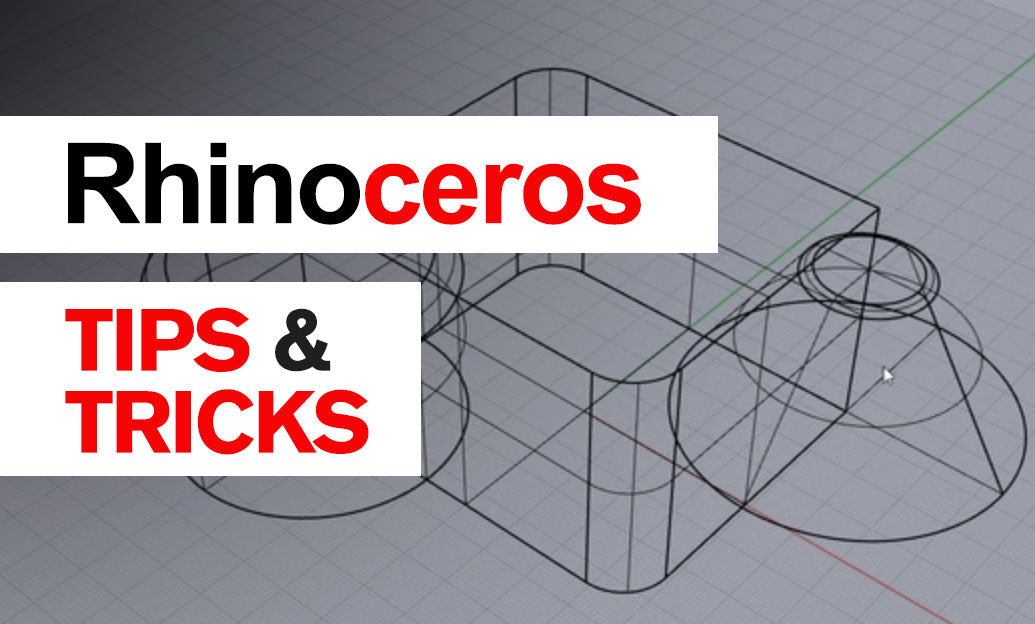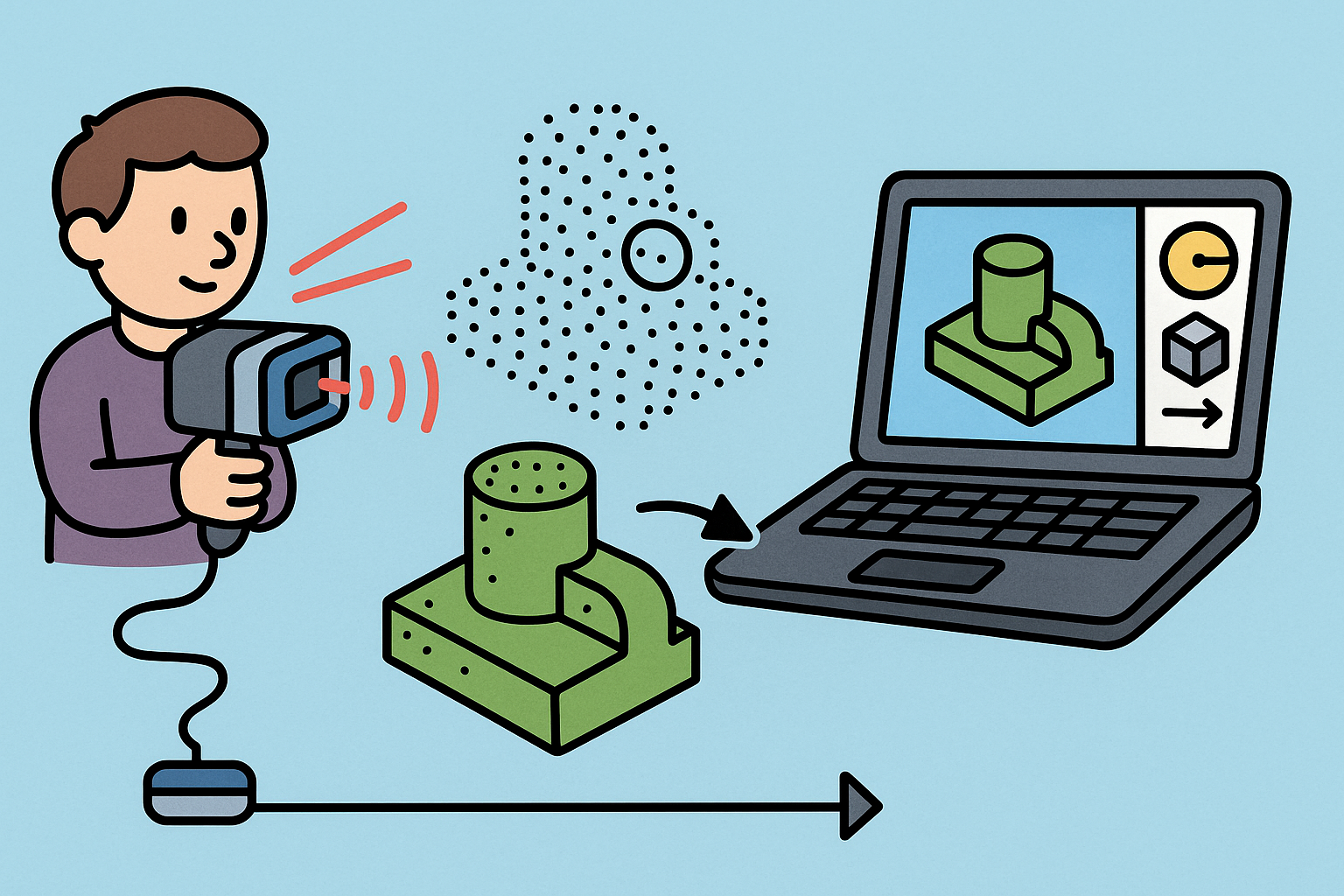Your Cart is Empty
Customer Testimonials
-
"Great customer service. The folks at Novedge were super helpful in navigating a somewhat complicated order including software upgrades and serial numbers in various stages of inactivity. They were friendly and helpful throughout the process.."
Ruben Ruckmark
"Quick & very helpful. We have been using Novedge for years and are very happy with their quick service when we need to make a purchase and excellent support resolving any issues."
Will Woodson
"Scott is the best. He reminds me about subscriptions dates, guides me in the correct direction for updates. He always responds promptly to me. He is literally the reason I continue to work with Novedge and will do so in the future."
Edward Mchugh
"Calvin Lok is “the man”. After my purchase of Sketchup 2021, he called me and provided step-by-step instructions to ease me through difficulties I was having with the setup of my new software."
Mike Borzage
Elevating Structural Engineering: The Impact of Advanced Simulation Techniques
May 08, 2024 3 min read


Introduction to Advanced Simulation in Structural Analysis
The application of advanced simulation in structural analysis is a cornerstone of modern engineering, playing a pivotal role in the creation of safe and reliable infrastructure. With the evolution of technology, the importance of simulation in structural engineering has been elevated from basic models to highly sophisticated systems capable of predicting complex behaviors. Simulations offer engineers the power to preemptively identify potential issues, thereby reducing risk, optimizing design, and ensuring safety.
Advanced Simulation Techniques
Finite Element Analysis (FEA) stands at the forefront of these advanced simulation techniques. This computational method dissects a complex structure into smaller, manageable elements that can be individually analyzed to predict the behavior of the structure as a whole. FEA takes into account the geometry of each element, its material properties, and the boundary conditions applied to it, to simulate physical phenomena such as stress, heat transfer, and vibration.
- Element Types: Engineers can choose from a variety of element types, including beams, shells, and solid elements, each suited to modeling different aspects of structural behavior.
- Material Properties: Accurately accounting for material properties is crucial as they define how an element will respond under various loads and conditions.
- Boundary Conditions: These are essential for simulating the real-world constraints and forces acting on a structure.
Computational Fluid Dynamics (CFD) is another critical simulation technique used extensively for analyzing the impact of fluid forces on structures. The integration of CFD with structural analysis allows for comprehensive modeling that considers the interaction between a structure and the fluid flow around or through it, which is essential in the design of bridges, buildings, and offshore platforms.
For scenarios that involve sudden changes, such as seismic events, impacts, or accidents, Dynamic and Non-Linear Simulations are imperative. These simulations account for the time-dependent behavior of materials and the non-linearities that arise from material yielding or geometric changes due to large deformations.
Software and Tools for Advanced Simulation
The market offers a wide array of software solutions for structural analysis simulations. These range from industry-standard proprietary software to innovative open-source tools that have significantly influenced the engineering community. A comparison of these tools often focuses on their features, usability, and suitability for specific industry applications. The role of open-source tools, in particular, has democratized access to advanced simulation capabilities, fostering a culture of collaboration and continuous improvement.
For handling complex simulations, scalability becomes a non-negotiable aspect, which is often addressed through the use of high-performance computing (HPC). HPC can significantly reduce the computation time for large-scale simulations, enabling engineers to run more iterations and achieve more detailed results.
Future Trends and Integration with Other Technologies
The integration of Artificial Intelligence (AI) and machine learning in simulation software is transforming predictive analysis. AI algorithms can identify patterns in data that would be imperceptible to humans, enabling automated design adjustments that can improve performance and safety. These capabilities are poised to revolutionize the way engineers approach structural design.
Moreover, the potential of integrating Building Information Modeling (BIM) with advanced simulation represents a holistic approach to structural design. This convergence enables a seamless workflow from design to analysis, fostering better collaboration between architects, engineers, and construction professionals.
The emergence of Augmented Reality (AR) and Virtual Reality (VR) tools in engineering presents exciting opportunities for visualizing and interacting with simulation data in real-time. This immersive experience allows for more intuitive analysis and decision-making, bridging the gap between the digital and physical worlds.
As we look to the future, we can anticipate further developments in simulation technology with implications for the entire field of structural engineering. The continuous advancement of computational methods and the integration of emerging technologies will undoubtedly elevate the precision, speed, and efficiency of structural analysis to unprecedented levels.
Also in Design News

Rhino 3D Tip: Rhino Material Optimization: Nesting, Lightweighting, and Cut-Length Reduction
December 31, 2025 2 min read
Read More
Design Software History: Constraint Solving in CAD: From Sketchpad to Modern Parametric Engines
December 31, 2025 12 min read
Read More
Intent-Aware Scan-to-BRep: Integrating LiDAR Point Clouds into Solid Modeling Pipelines
December 31, 2025 12 min read
Read MoreSubscribe
Sign up to get the latest on sales, new releases and more …


